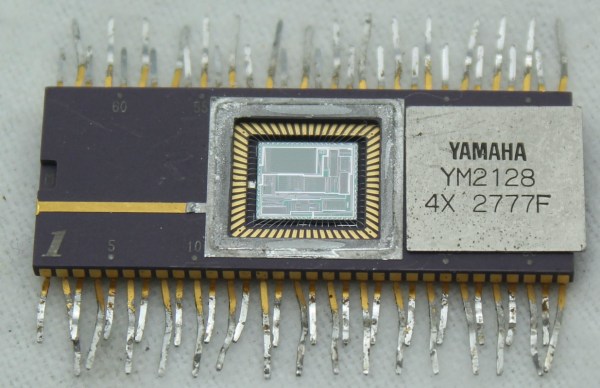As it turns out, Sega’s long defunct Dreamcast console is still thinking. The company behind the machine cut support long ago due in part to the commercial pressures applied by Sony’s PlayStation 2 console, but that never stopped the most dedicated of Dreamcast fans from seeking out its true potential. Thanks to [Stefanos] and his team, the genre defining Grand Theft Auto III (GTA 3), can now run on Sega’s hardware. Their combined efforts have yielded a fully playable port of the PC version of the game for the Dreamcast.
The porting effort was years in the making. It began with reverse engineering the entire source code of GTA 3 then implementing it into the homebrew SDK for the Dreamcast, KallistiOS. All the in-game graphic and sound assets are only pulled from a user provided PC copy of the game. Steps for those seeking to compile a bootable Dreamcast image of their own have been provided on the project’s website. Real hardware enthusiasts will be pleased as the port runs fine on the twenty-five year old Dreamcast as evidenced in the video below.
This port of GTA 3 represents what could have been a true butterfly effect moment in console gaming history. The game was a major hit in the early days of the PlayStation 2, and it has been theorized that it could have proven to be a major commercial success for Sega as well had it been pressed onto a Dreamcast GD-ROM disc. Recently one of the original developers of GTA 3, Obbe Vermejj, divulged that the game actually began development on the Dreamcast. The project was obviously transferred onto PlayStation 2 for commercial reasons, but with this port from [Stefanos] and crew we no longer have to dream of what could have been.
Continue reading “Fan Made Dreamcast Port Of GTA 3 Steals The Show”

















